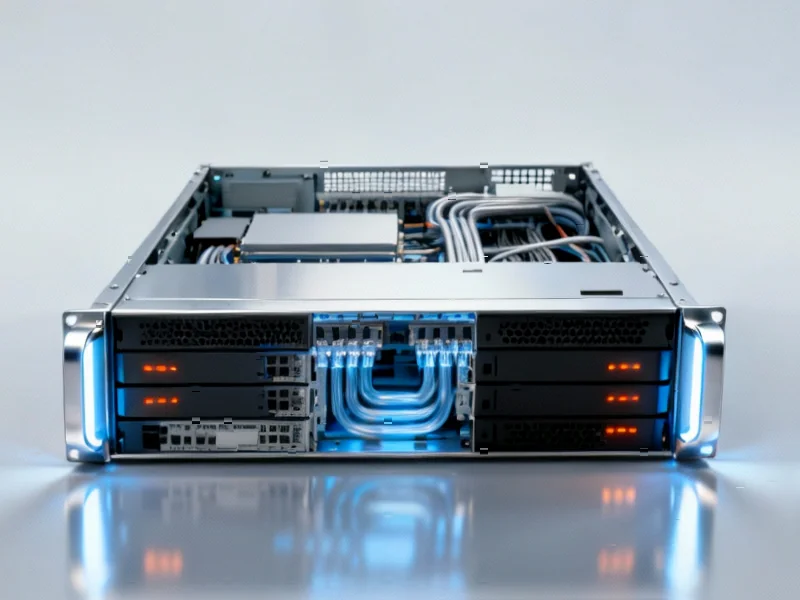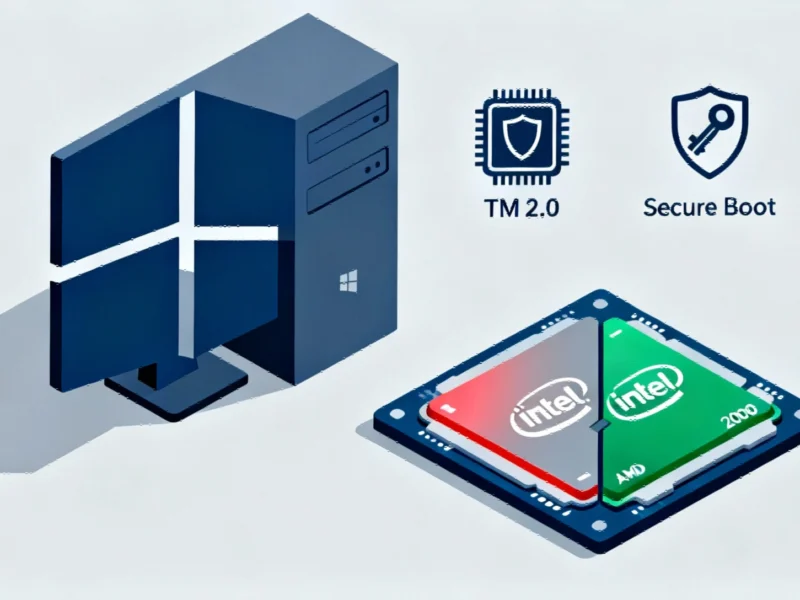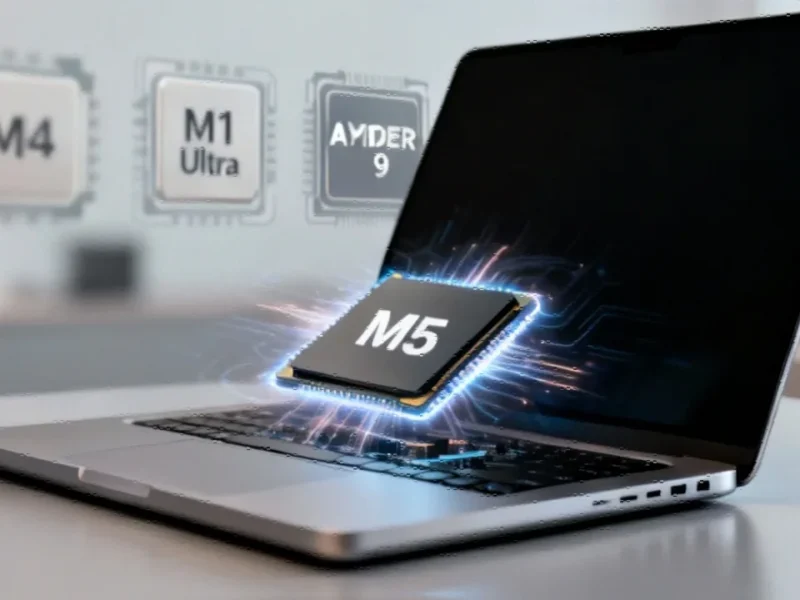The Shift From Traditional Racks to Open Compute Standards
The data center industry is undergoing a fundamental transformation as operators increasingly abandon traditional 19-inch EIA-310 racks in favor of wider 21-inch Open Rack designs. This architectural shift represents the most significant change in data center physical infrastructure in decades, driven by the explosive growth of artificial intelligence workloads and the need for more efficient, scalable solutions.
According to recent Omdia research, the transition is gaining remarkable momentum, with the newer format projected to account for over 70% of rack shipments by 2030. This represents a dramatic acceleration in adoption rates as AI and cloud operators rapidly expand their infrastructure capabilities to meet escalating computational demands.
Driving Forces Behind the 21-Inch Revolution
The movement toward wider rack designs is being propelled by server manufacturers and cloud service providers that have fully embraced Open Compute Project principles. Industry giants including Dell and HPE are now supporting the modular Data Center Modular Hardware System (DC-MHS), which builds directly upon Open Rack architecture. Omdia’s analysis of upcoming server designs reveals that up to 90% of Dell’s future systems could transition to this wider format.
The AI factor cannot be overstated in this transition. Machine learning systems demand dense cabling configurations, advanced liquid cooling solutions, and significantly higher power delivery – all of which operate more efficiently within wider frames. The 21-inch layout provides critical extra space for improved airflow and accommodation of larger fans, enabling more effective cooling for increasingly powerful and heat-generating components.
This architectural evolution represents just one aspect of broader data center industry shifts that are redefining how computational resources are deployed and managed at scale.
Technical Advantages and Operational Benefits
The expanded dimensions of 21-inch racks deliver multiple tangible benefits for data center operators:
- Enhanced Thermal Management: Additional space allows for optimized airflow patterns and room for larger, more efficient cooling systems
- Improved Serviceability: Engineers can more easily install high-capacity power distribution units and maintain complex internal cabling layouts without compromising airflow
- Future-Proof Design: The architecture accommodates continued processor evolution and increasing server density requirements
- Modular Efficiency: The approach enables compute and storage modules to operate at rack scale rather than as separate, disconnected units
These technical improvements are particularly crucial given the demanding nature of modern AI workloads and the ongoing industry developments in computational methodologies and development workflows.
Industry Adoption and Market Impact
Hyperscale cloud providers including Microsoft, Amazon, Google, Meta, Huawei, and Oracle are already standardizing on the 21-inch format as their primary rack standard. This collective move by industry leaders signals a fundamental shift in data center design philosophy that will likely influence the entire technology ecosystem.
Suppliers to these cloud giants report consistent investment and well-defined order pipelines specifically for AI-related hardware. Wiwynn, a major manufacturer serving cloud providers, has documented robust AI server demand and is expanding production capacity to fulfill longer-term commitments.
Omdia anticipates that rack shipments will outpace server shipments for the first time in ten years, with overall revenue climbing to approximately $4.1 billion by 2030. This projection underscores how infrastructure changes are driving market dynamics in new directions.
Broader Implications for Technology Infrastructure
The convergence of higher-capacity racks and modular server designs is poised to fundamentally redefine how future data centers are planned, constructed, and scaled globally. This transition represents more than just a dimensional change – it signifies a holistic reimagining of data center architecture that aligns with evolving computational requirements.
These infrastructure transformations are occurring alongside other significant market trends in technology interface design and user experience innovation. Similarly, the hardware evolution in data centers parallels related innovations occurring across the broader technology landscape, from consumer devices to enterprise systems.
The comprehensive adoption of 21-inch Open Rack designs marks a pivotal moment in data center evolution, one that will support the next generation of AI advancements, cloud services, and computational breakthroughs that continue to reshape our digital world.
This article aggregates information from publicly available sources. All trademarks and copyrights belong to their respective owners.
Note: Featured image is for illustrative purposes only and does not represent any specific product, service, or entity mentioned in this article.



